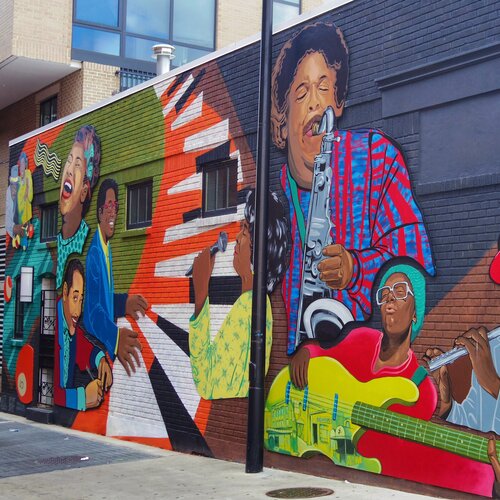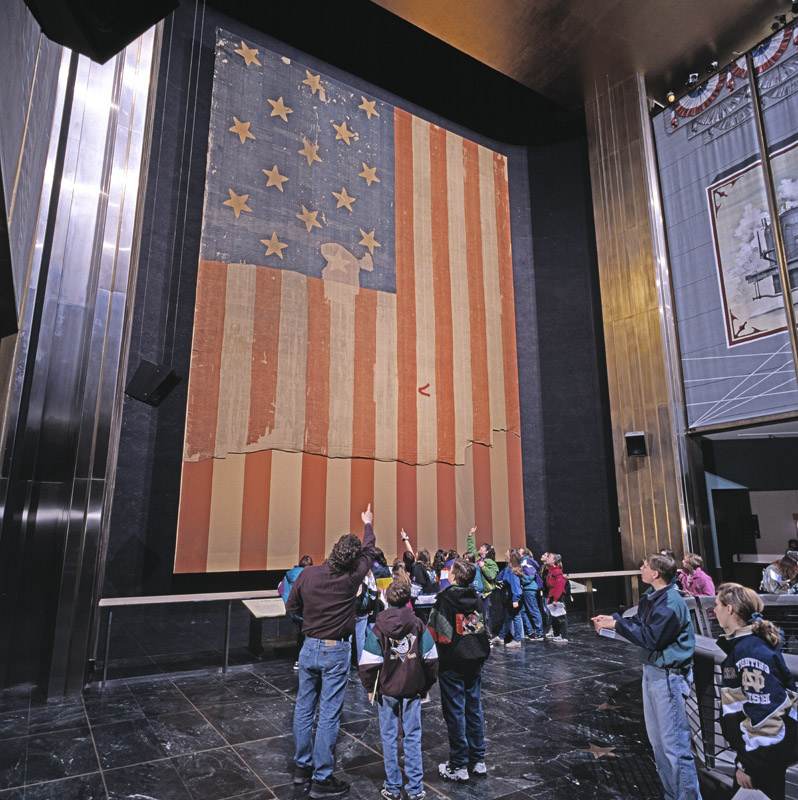At the beginning of the semester, we reflected on the relationship between democracy and the arts. While my initial reaction, informed by my experiences and my gut, was to think that democracy needs the arts way more than what the arts need democracy. In reality, I was not sure how to understand this relationship. I tried to first answer to myself what even is democracy, and found a tangled world that I would rather skip than confront. Democracy has always seemed like an abstract concept to me, that some people dream of, and some fight against. I could not quite think about it in action through practical and real examples. During the past 23 days, we have met with many representatives from various institutions and organizations with different roles that have enlightened this relationship. As a result, I can now testify I am standing in a whole different place than at the beginning of the month.
Even with my limited knowledge about the relationship between democracy and the arts, I had the feeling that they were enemies. When I thought about government, and federal funding, I thought about censorship and propaganda. It was through the interviews and the consultations that I learned that the arts and democracy can be friends, they can help each other, and that like any other friendship, they have their ups and downs.
One of the most impactful consultations for me was with the Arts Access Panel from the Kennedy Center. I entered the meeting not knowing much about accessibility in the arts and left strongly motivated to pursue a career in this field. In fact, I already submitted an application for an internship focused on accessibility in a museum (fingers crossed!). What touched me the most during this consultation was the genuine passion of the panelists in making art accessible to absolutely everyone. They were taking on new challenges daily, thinking about disabilities that get overlooked, and doing something great from what at some point felt impossible.
However, this consultation also opened my eyes to the limitations of federal funding and how it can bring the not-so-great parts of politics to light. One of the panelists mentioned they try to be “politically neutral”. As most of my classmates mentioned, I believe neutrality is not an option in politics. I believe neutrality is the same as choosing the side of the oppressor. I found this especially problematic when it comes to such important roles as the ones these panelists, and the institution they represent, have and the power they hold.
Another experience that I found very insightful was the tour with Attuck Adams. I greatly appreciated learning about the context of the place beforehand, it helped me feel much more prepared about the topic and to place myself into the setting of the tour. This consultation was productive in so many different ways, these are a few of them:
- It helped me understand the complex co-existence of Washington and D.C. I had not considered the hardships that many local communities have faced in response to the development of the National Mall, and all the federal institutions.
- It clearly exemplified how federal funding can improve accessibility to the arts. The murals we saw were examples of community empowerment and cultural celebrations through public art. This funding allowed for artists to produce their expressions, for the community to be represented in the physical spaces, and to create a sense of belonging in communities affected by urban development in close neighborhoods.
- It left me with the big question of how funding, specifically federal funding, can lead to artists or organizations sacrificing parts of their expression, or weaken the power of their art. I found so much power in the murals we saw, but could not stop thinking about how the sources of the funding impact them. Does it depend on who is in power? Are artists being censored? If so, what things they are not allowed to say? These questions stayed with me throughout the whole month, and they kept arising as we met with more professionals. I do not think I have an answer to this question but it helped me approach many of these interviews in a critical way.

An important highlight this month was the consultation with the National Museum of American History. As I explained in my introductory and reflection blog posts, I felt skeptical about this institution. I was surprised and deeply inspired by Krystal Klingenberg, and the amazing work she is doing. This interview was a pivotal moment for me, a before and after in the course for my understanding of the complex relationship between arts and democracy. One of my biggest takeaways from this call was that this relationship is constantly evolving, it is not static. The museum has made important changes in their practices that I loved learning about, and it filled me with hope for the role of museums and of the arts in bringing communities together.

If I could pick one thing to summarize my learnings from this course, it would be that the arts and democracy are in constant collaboration even while they have things to continue working on. The relationship is complex, I got a general feeling that the arts do sacrifice something for funding and support from the government and other institutions. However, I strongly believe that democracy supports, and strengthens the arts more than it hinders or limits them. They both need each other. In fact, it is difficult to separate them as the arts can help promote values, bring people together, strengthen communities as well as the individual.
The most important personal development during this month was understanding that the arts and democracy do not hate each other and their goals are not contradictory. I am taking lots of learnings from this experience that I know will take on an important role in my professional life. At the moment, I plan to continue exploring the topics we dove into in class and to take on projects in my local community to promote the arts, and everything good that comes with them.
